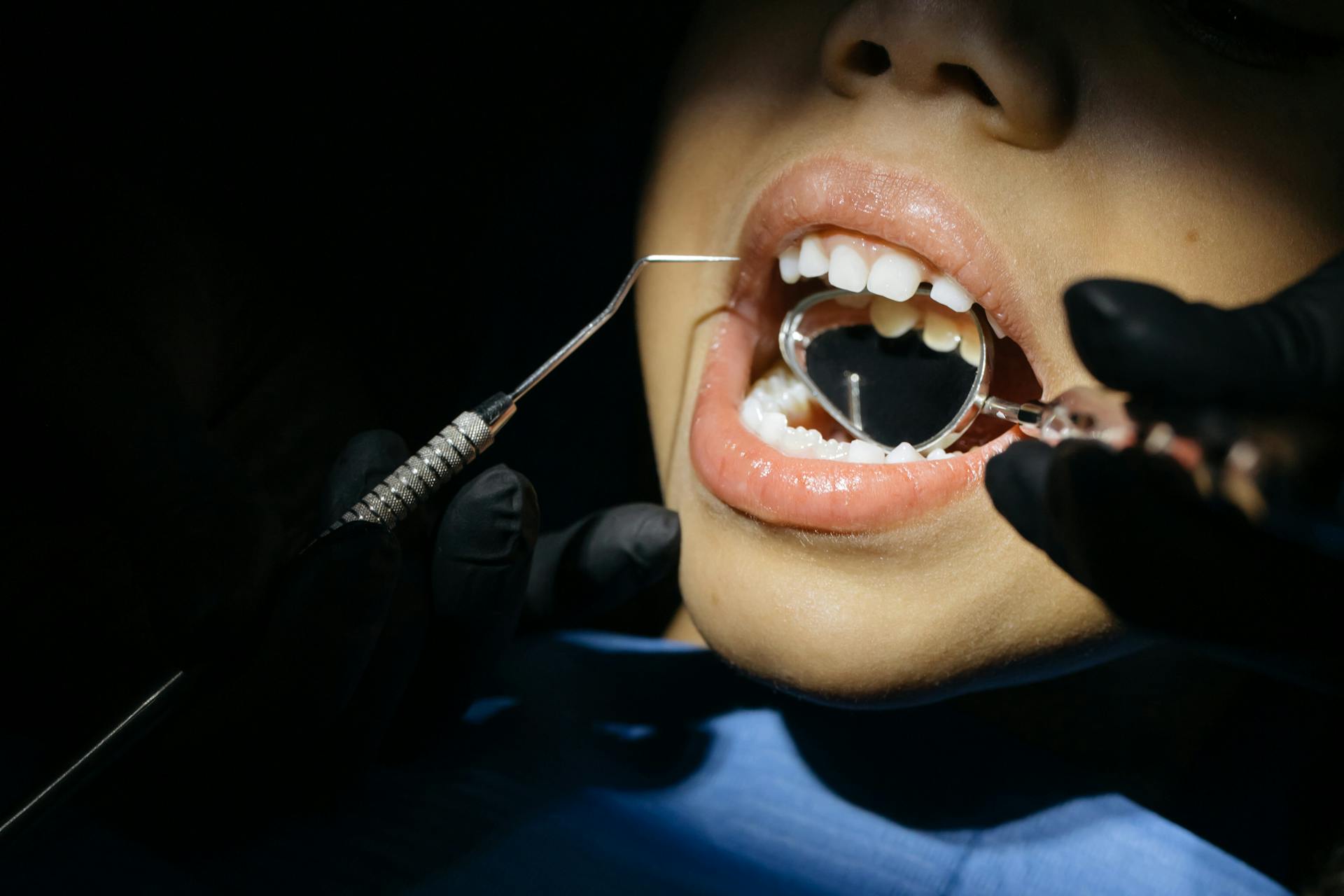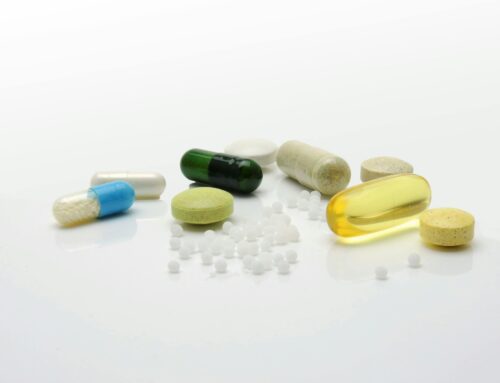New research has looked at the stress levels experienced by adolescents during tooth extraction procedures. Extractions are unfortunately rather common, and can be very difficult experiences. This study looked to see how adolescents responded to different parts of the procedure. The findings can be used to aid dentists in finding ways to improve the experiences of adolescent patients.

Recent research has sought to find out how stress levels fluctuate in adolescents during tooth extraction dental procedures [1].
Unfortunately, tooth extractions in adolescents can be common. They can be difficult experiences for adults, so it can be even more challenging for adolescents.
The findings should be able to guide future approaches to dental procedures for children, which will hopefully have a positive long-term impact.
Extractions in adolescents
Tooth extractions refer to when a tooth is removed from the mouth of a patient. This is normally due to extensive tooth decay, overcrowding of teeth, or trauma. Moreover, wisdom teeth are often removed.
While we normally think of adults being the recipients of tooth extractions, this isn’t always the case. Tooth extractions in adolescents is becoming more common.
For example, in the United Kingdom, government data shows that over 40,000 tooth extractions took place for those aged under 20 between 2021 and 2022 [2]. This marked a staggering 83% increase compared to 2020. 63% of these extractions were due to tooth decay [2].
This is part of a wider trend too across many other countries. Many have linked the rise in tooth decay levels in adolescents to the huge rise in obesity levels. For instance, 1 in 5 adolescents aged 12 to 19 are now obese [3].
How are extractions performed?
Extractions usually begin with anesthesia being used on the area. This numbs the surrounding area to limit any pain during the procedure. However, applying the anesthesia does normally involve injections, which can be painful.
The dentist then typically makes an incision into the gums near the tooth, before widening the tooth socket. The tooth is then slowly removed.
Stitches are often added to seal the gum. A dentist will always provide aftercare instructions in order for an infection to be avoided.
The Research
The research was undertaken by a team at the University of Gothenburg, with their findings presented at the congress of the European Academy of Pediatric Dentistry [1].
The intention of the research was to see how adolescents react to dental extractions. Lead researcher Laris Krekmanova pointed out that “adolescent patients aren’t always able or confident enough to convey negative experiences during dental treatment” [1].
Therefore, the true scale of experiences for children isn’t entirely known. With this in mind, the researchers came up with a study to find out more about what Krekmanova calls a “silent stress” – a stress that’s difficult to detect [1].
The study involved 34 patients aged 14 to 16. 20 patients underwent a regular dental exam, with 14 patients undergoing an invasive treatment of tooth extraction [1].
The study participants were fitted with a device to one of their hands to collect data on hand movements and hand sweating. This would be measured via electrodermal activity and galvanic skin response – which is based on the electrical properties of the skin [1].
For those undergoing regular dental examinations, stress levels mainly stayed the same, although some occasional spikes in stress were observed [1].
However, for those undergoing extractions, stress levels were significant. Moreover, stressful periods lasted for a longer time too [1].
As soon as the dentist started to put fingers into their mouths, some stress was already starting to be detected. However, the stress levels rose enormously when anesthesia was administered by the dentist [1].
This was especially the case when injections took place. Hand movements and sweating peaked at this point. During the actual procedure, hand movements lessened, but sweating continued [1].
This extensive sweating continued during the actual extraction phase, when the tooth was being physically removed [1].
So unfortunately, stress levels remained high throughout the tooth extraction procedure. This is concerning, and underlines why many are afraid of the dentist.
Summary
This research aimed to give adolescents a voice, with there being very little in the way of studies to see how they feel during dental procedures.
The findings show that regular examinations are largely positive experiences. However, more invasive procedures cause significant stress. The administering of the anesthesia was particularly stressful. This is likely to reinforce fear of the dentist.
As dentist Claudia Jaldin says, “we now have a picture of the stress caused by these various interventions” [1].
The findings are important. Jaldin suggests that the device should be used in real time, which would help dentists to “monitor stress levels, and to perhaps pause for remedial measures before continuing treatment” [1].
By making attending a dental clinic less stressful for adolescents, it will hopefully lead to them being less fearful. Ensuring patient comfort is a key goal for all dentists.
Thinking points…
[1] Sometimes, tooth decay is discovered at an advanced stage, which is problematic. However, by attending regular dental check-ups, decay can be spotted at an early stage and treated to stop it from worsening. Therefore, remember to attend dental appointments regularly, so that a dentist can check your oral health and ensure no problems are present. We recommend booking an appointment now!
[2] Tooth extractions can be a challenging experience. As discussed earlier, tooth decay is the leading cause of extractions. Therefore, remember to try and avoid sugary foods, acidic drinks, and tobacco. Limiting tooth decay can help to keep your teeth strong and avoid the need for any invasive procedures. Make sure you have excellent oral hygiene!
What we offer at Taradale Dental
Taradale Dental is a dental clinic based in Calgary, Alberta, Canada. At our Calgary dental clinic, we provide a range of services for our patients.
We advise our patients to attend our Calgary dental clinic at least twice per year for a regular dental check-up. At these check-ups, we provide a comprehensive review of a patient’s oral health. If any problems are detected, we have many treatments available. For example, these include cavity fillings and root canals. To strengthen your oral health, we recommend brushing your teeth at least twice a day and flossing regularly.
Here at Taradale Dental, we also have some cosmetic treatments available! These include dental implants, teeth whitening and Invisalign™! Our patients find that these treatments have a positive impact on their appearance, confidence and self-esteem.
Moreover, the fees of our treatments at our Calgary dental clinic Taradale Dental are set in line with the Alberta Dental Fee Guide. This ensures transparent and fair pricing, with no hidden costs.
We hope to see you soon at our Taradale Dental clinic in Calgary! You can find out more about us by visiting our website https://taradaledental.ca/!
References
[1] University of Gothenburg. (2024). Silent stress among children at the dentist. Available: https://medicalxpress.com/news/2024-06-silent-stress-children-dentist.html. Last accessed: 28th June 2024.
[2] Bagot, M. (2023). Hospitals see massive surge in kids and teenagers needing teeth removed due to decay. Available: https://www.mirror.co.uk/news/health/hospitals-see-massive-surge-kids-29298540. Last accessed: 28th June 2024.
[3] Hales, C. M., Carroll, M. D., Fryar, C. D., & Ogden, C. L. (2017). Prevalence of obesity among adults and youth: United States, 2015–2016. NCHS Data Brief.


